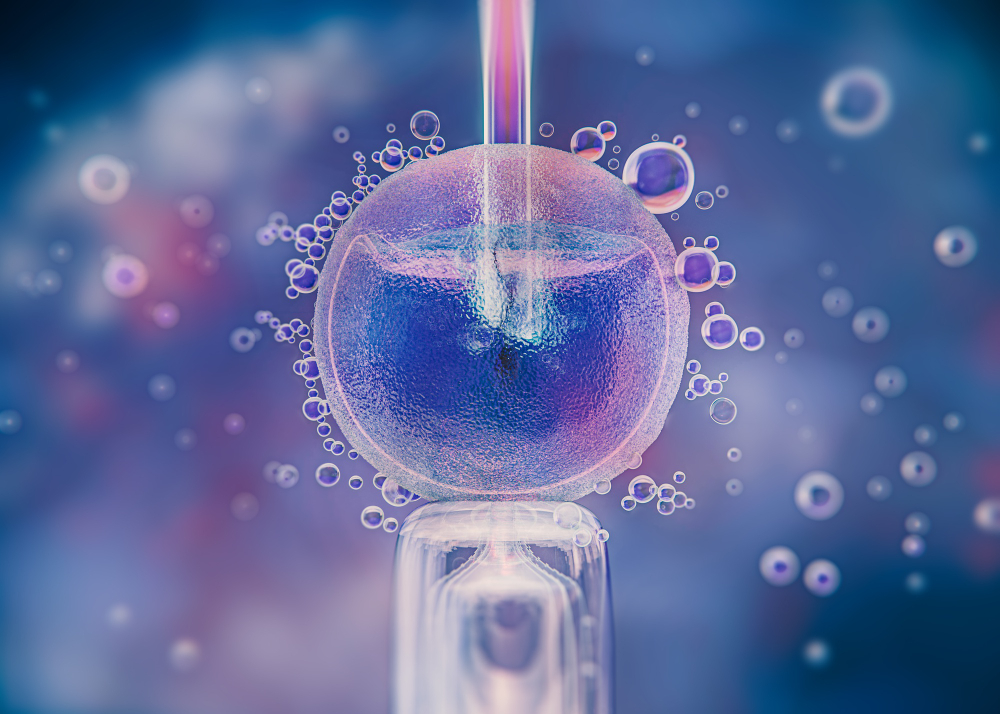IVF Treatment
About
- Stimulation, also called superovulation
- Egg retrieval
- Insemination and fertilization
- Embryo culture
- Embryo transfer

In vitro fertilization is a treatment for infertility or genetic problems. Before you start a cycle of IVF using your eggs and sperm, you and your partner will likely need various screening tests. It starts with medicines, called fertility drugs, which are given to the woman to boost egg production. The woman has a little operation known as a follicular aspiration to retrieve the eggs from her body. The other ovary undergoes the same surgery again. After the surgery, cramps could occur, but they should go gone in a day or two. The man’s sperm is placed together with the best quality eggs. The mixing of the sperm and egg is called insemination. Eggs and sperm are then stored in an environmentally controlled chamber. The sperm most often enters (fertilizes) an egg a few hours after insemination. The fertilized egg develops into an embryo when it splits. Pre-implantation genetic diagnostic (PGD) is something that couples who are highly likely to pass on a genetic (hereditary) disease to their offspring might think about. Embryos are placed into the woman’s womb 3 to 5 days after egg retrieval and fertilization. Unused embryos may be frozen and implanted or donated at a later date.
